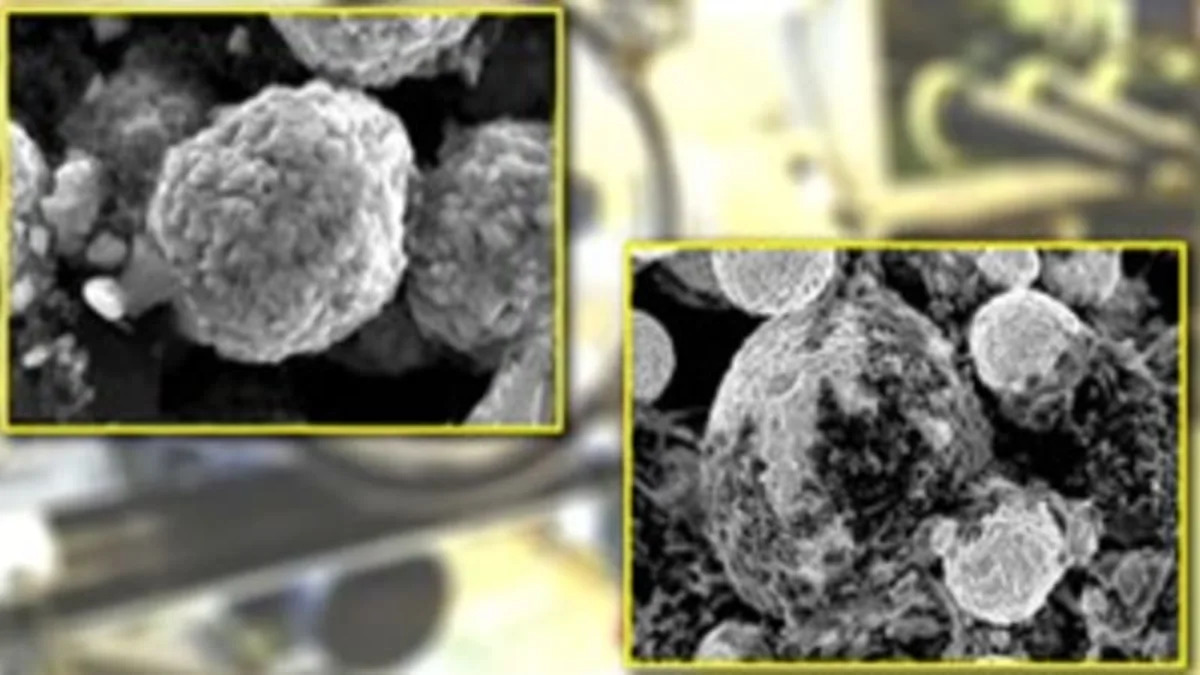Researchers at the Massachusetts Institute of Technology have been looking at where the bottlenecks are inside lithium ion batteries that limit charging and discharging rates learned some interesting things. Lithium iron phosphate chemistry is particularly promising in terms of high charge and discharge rates. They found that some new processes for manufacturing the lithium phosphate coating on lithium iron phosphate crystals could provide for better access to the lithium ions allowing them to move around more readily.
This all sounds similar to the premise behind the lithium iron phosphate batteries produced by A123 Systems and the lithium titanate cells produced by Altairnano. The increased surface area of material allows more ions and electrons to move in and out without heating up as much as lithium cobalt oxide cells. The result is that cells made with these materials can be charged at very high rates without degrading the charge capacity over time.
The downside is that at higher charge rates, the maximum energy density of the cell decreased although the power density is improved. The bigger issue remains the power needed to actually charge an automotive sized battery pack in a few minutes. A five minute charge would require 180 kW or more, not something available at home or any existing charging stations.
[Source: ars technica]
This all sounds similar to the premise behind the lithium iron phosphate batteries produced by A123 Systems and the lithium titanate cells produced by Altairnano. The increased surface area of material allows more ions and electrons to move in and out without heating up as much as lithium cobalt oxide cells. The result is that cells made with these materials can be charged at very high rates without degrading the charge capacity over time.
The downside is that at higher charge rates, the maximum energy density of the cell decreased although the power density is improved. The bigger issue remains the power needed to actually charge an automotive sized battery pack in a few minutes. A five minute charge would require 180 kW or more, not something available at home or any existing charging stations.
[Source: ars technica]


Sign in to post
Please sign in to leave a comment.
Continue